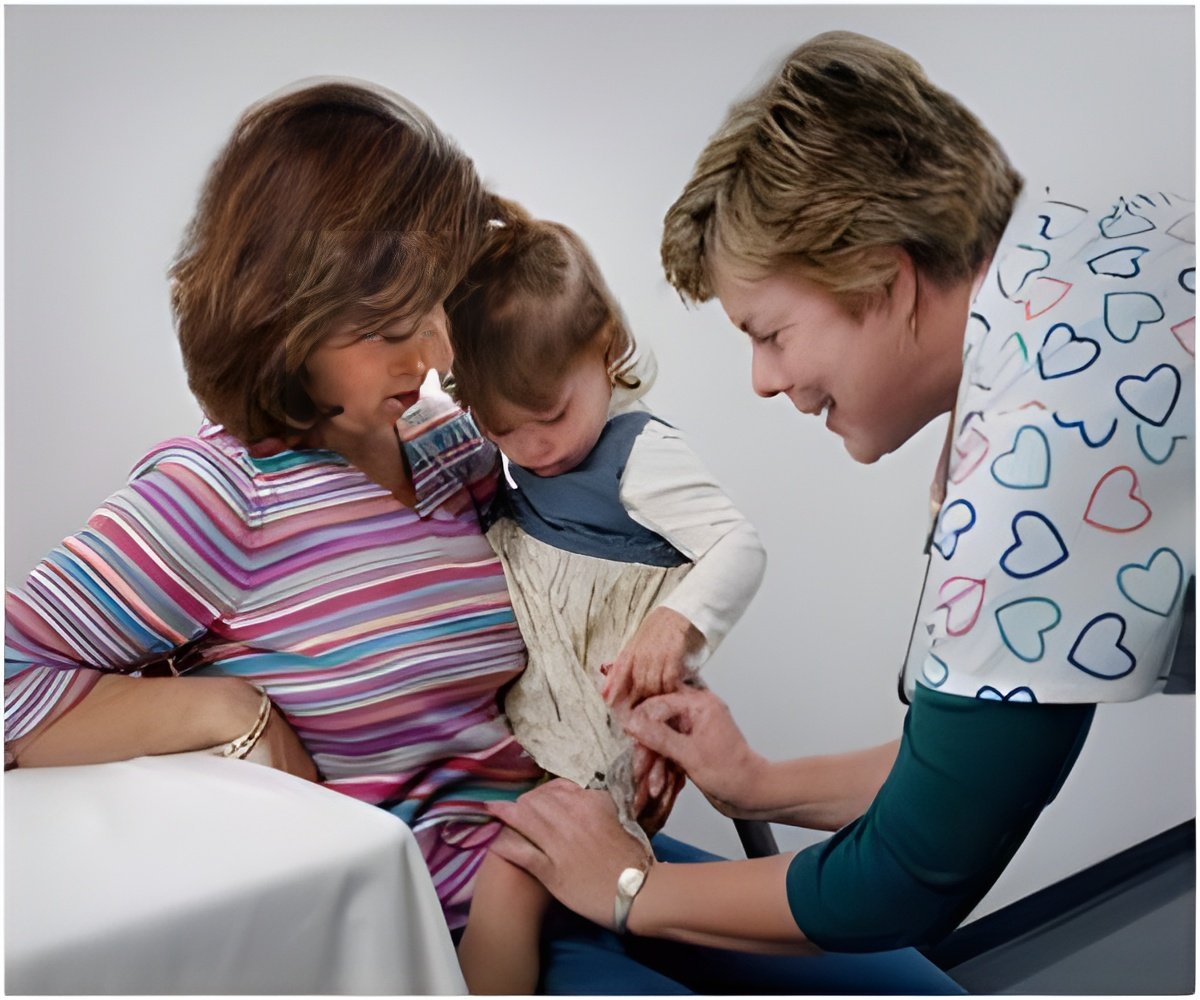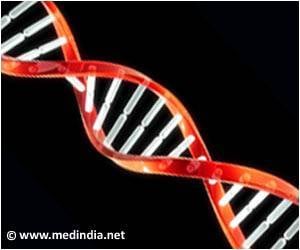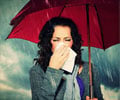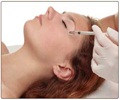Researchers have claimed that the recent outbreak of the mysterious Kawasaki disease in children could have been caused by an airborne toxin that was blown into Japan from northeast China.

While its cause has eluded researchers ever since the disease was first identified in 1967, scientists noticed it tended to affect children in Japan only at certain times of the year.
"There are certainly other source regions around the globe, but focusing on the link between northeastern China, Japan, Hawaii, and the west coast of North America is our best bet for figuring this out," said lead author Jane Burns, professor and director of the Kawasaki Disease Research Center at the University of California, San Diego School of Medicine.
Previous research using modeled air currents found that Kawasaki disease cases peaked only when winds originated from a vast cereal-farming region in northeastern China.
Scientists decided to test the air two to three kilometers (1-2 miles) over Japan, using a plane carrying large-volume air-filtering equipment.
They found that the dominant airborne fungus was Candida, a member of the yeast family and the most common cause of a wide range of human fungal infections worldwide.
The latest analysis in the Proceedings of the National Academy of Sciences says the most likely cause is a "pre-formed toxin or environmental molecule" originating from northeastern China and that may be related to Candida.
When it reaches children who are genetically susceptible, it may cause unusual immune reactions.
Colin Phoon, associate professor of pediatrics at New York University Langone Medical Center, described the study as "innovative" and said it "provides important clues."
"Additional air sampling during outbreaks, now that we have a focus, may lead to identification of agent(s) responsible, which may in turn lead to more effective treatments," he said.
Burns believes something must have changed in northeastern China since the 1960s, when the disease began to appear.
"We need to figure out what the activity or condition is that creates these aerosols carried by the winds," she said.
There is no way for doctors to prevent children from getting Kawasaki disease, though it is not contagious and most children recover fully within a matter of weeks.
First described in 1967 by its discoverer, Tomisaku Kawasaki, the disease is becoming more common among children in Asia, particularly in India and the Philippines, as well as the United States and Western Europe, researchers say.
The disease occurs more often in boys than girls and most who develop the condition are younger than five.
Source-AFP
 MEDINDIA
MEDINDIA




 Email
Email







